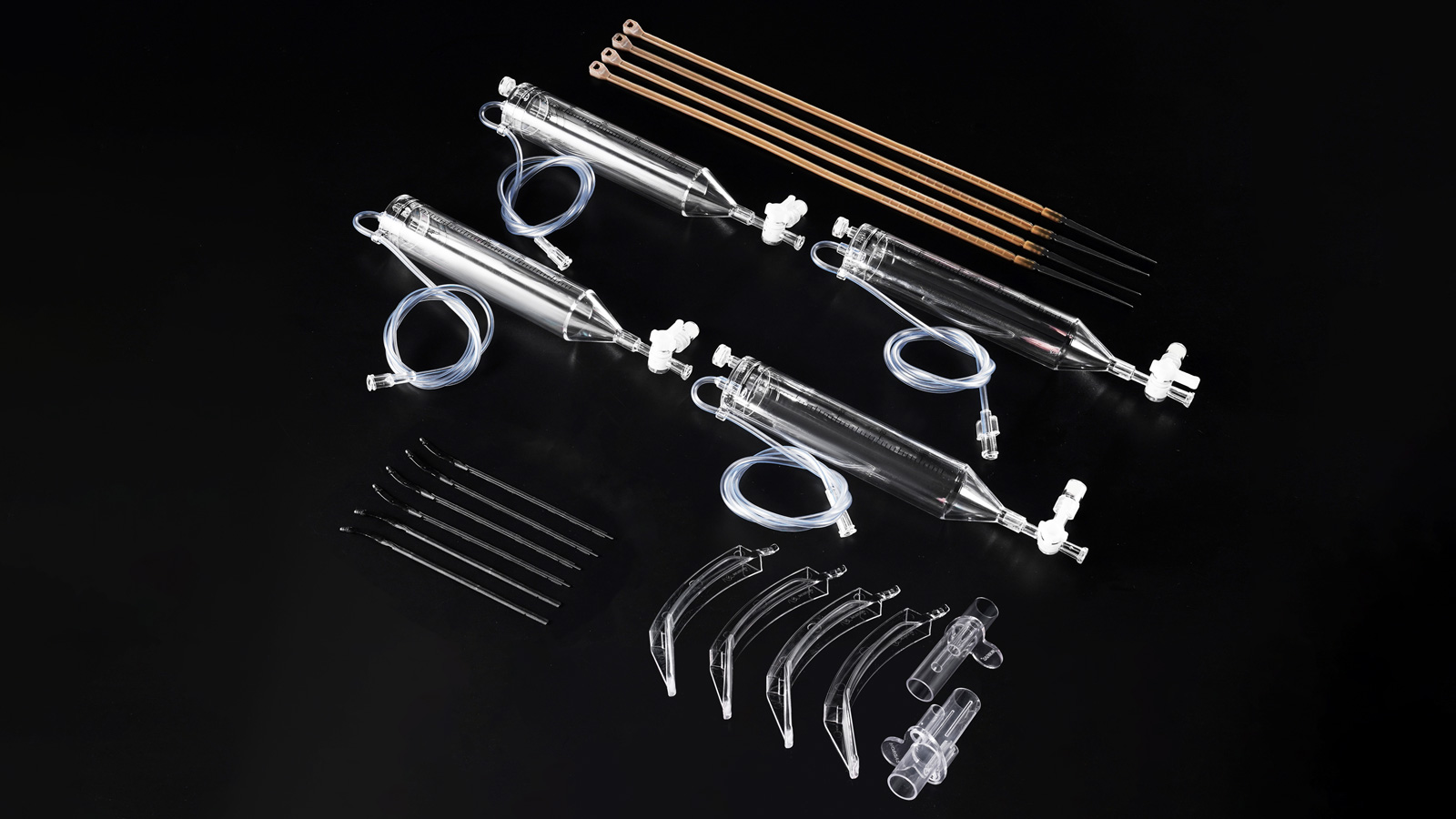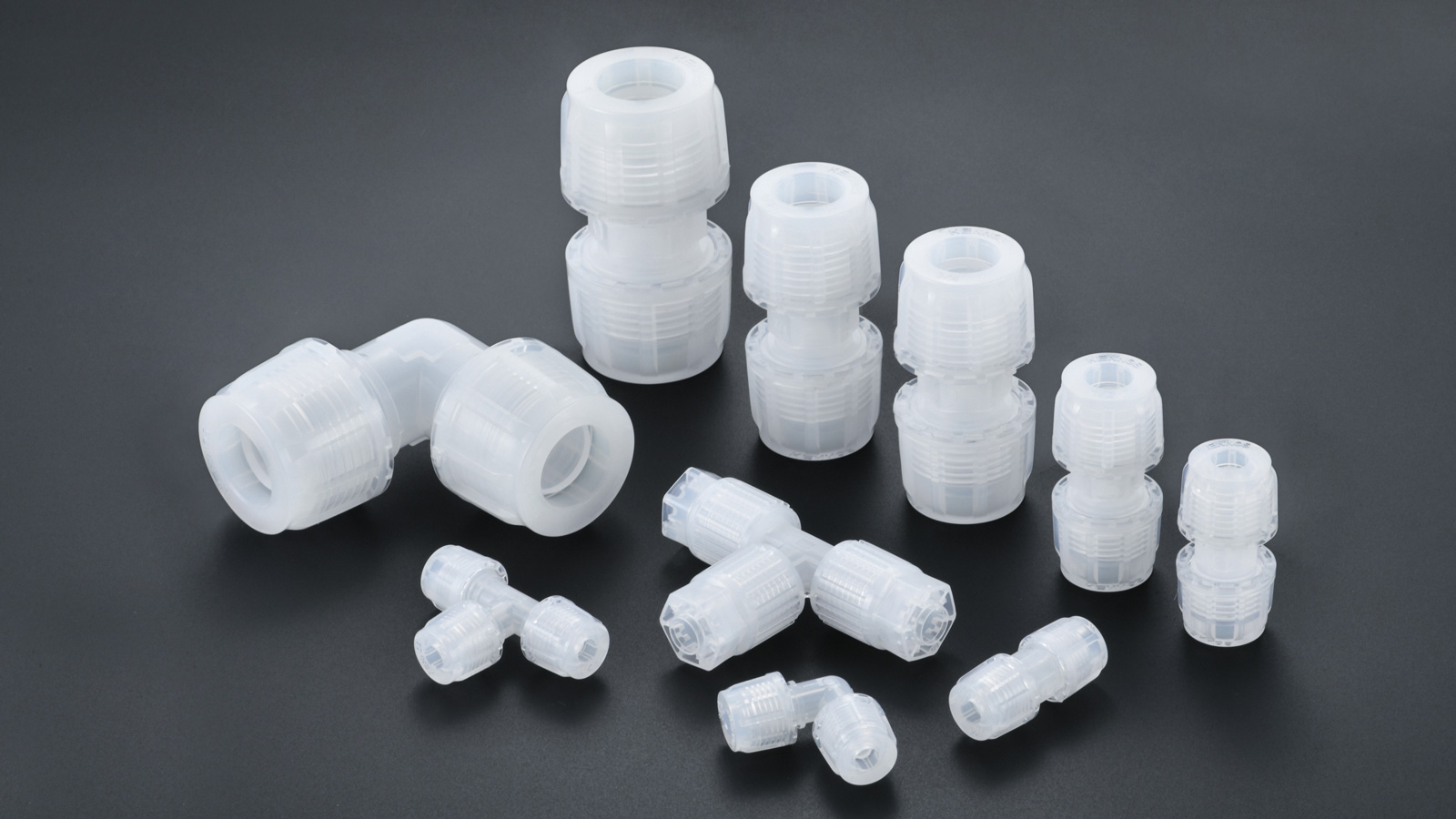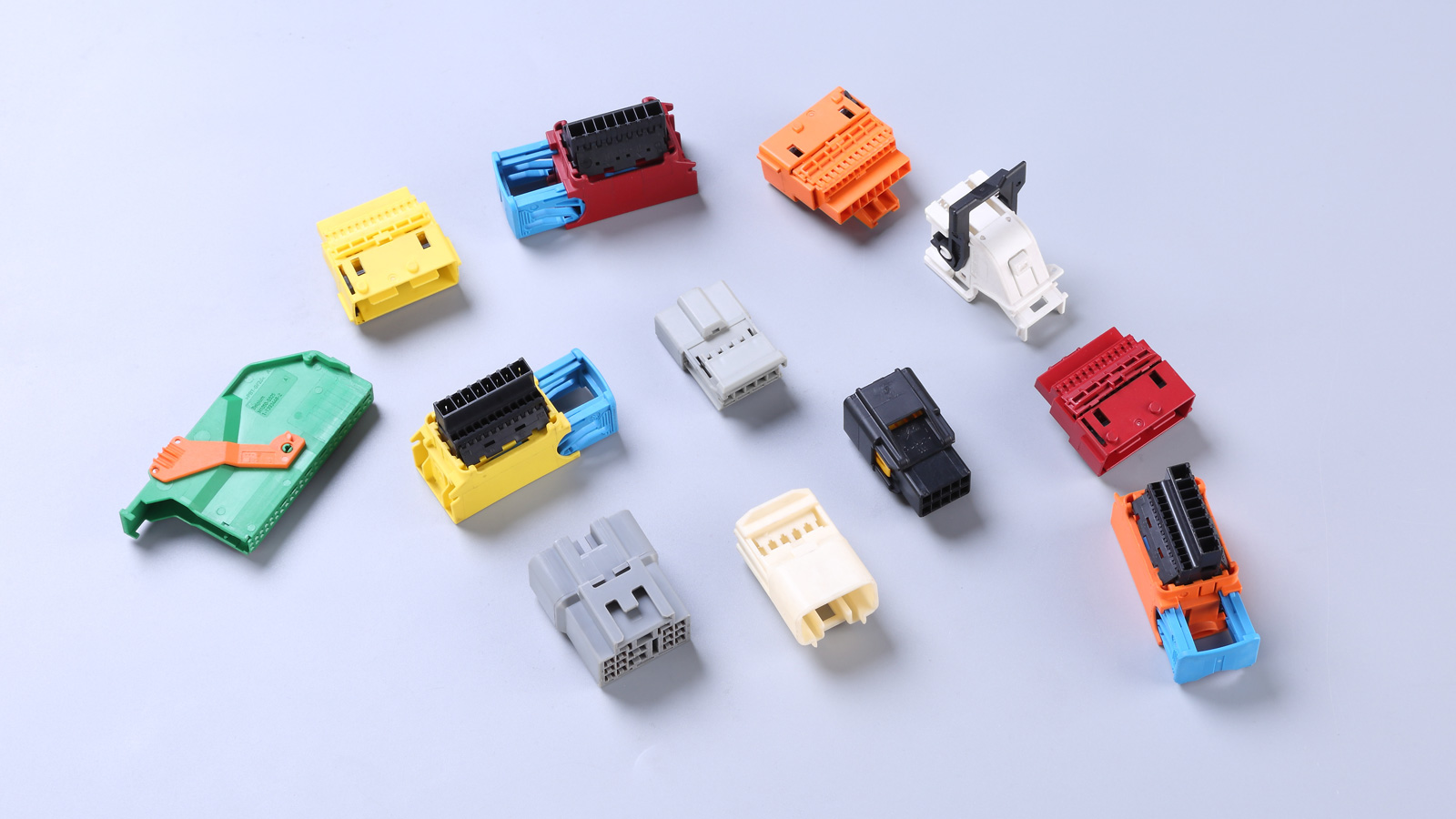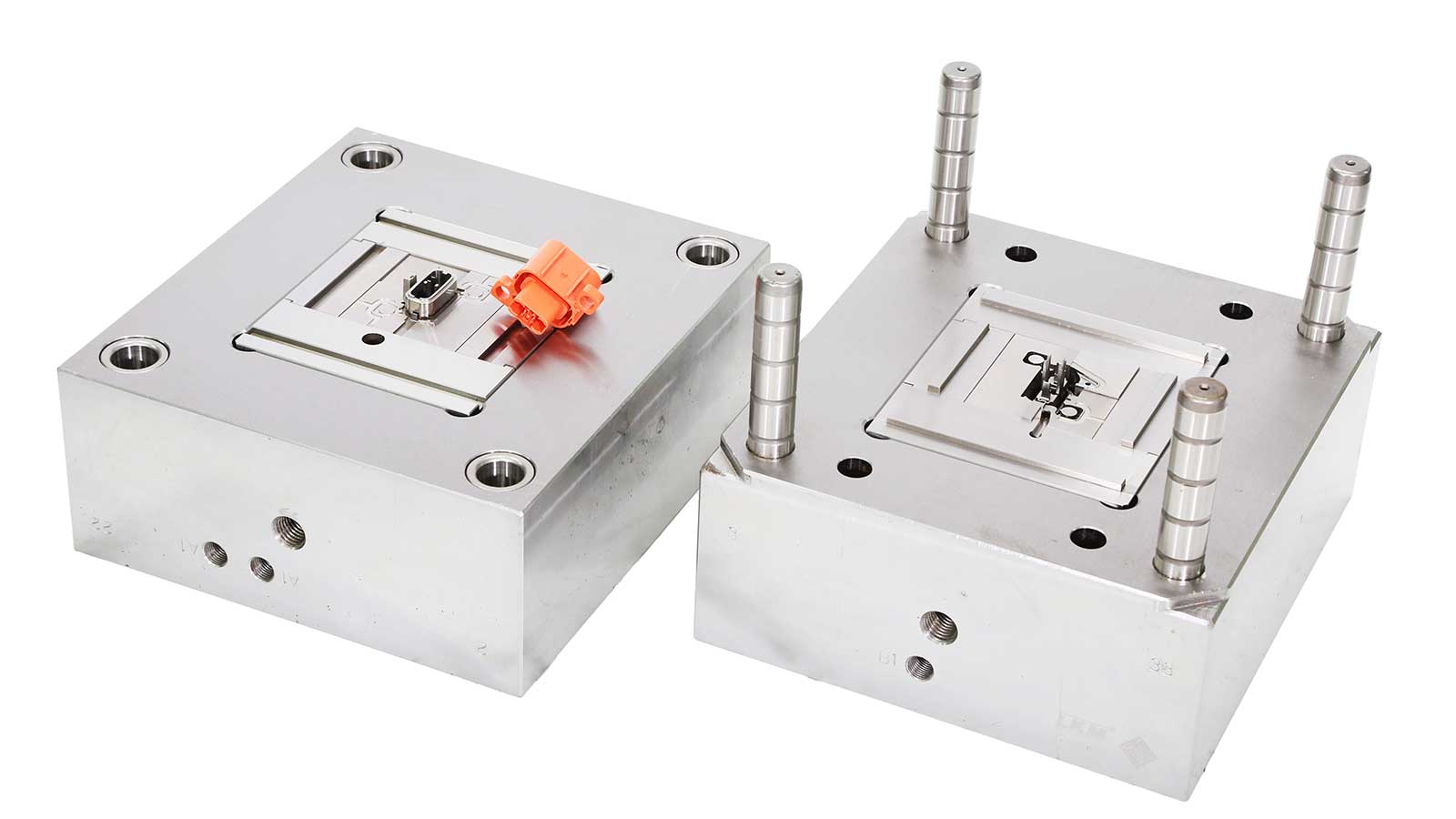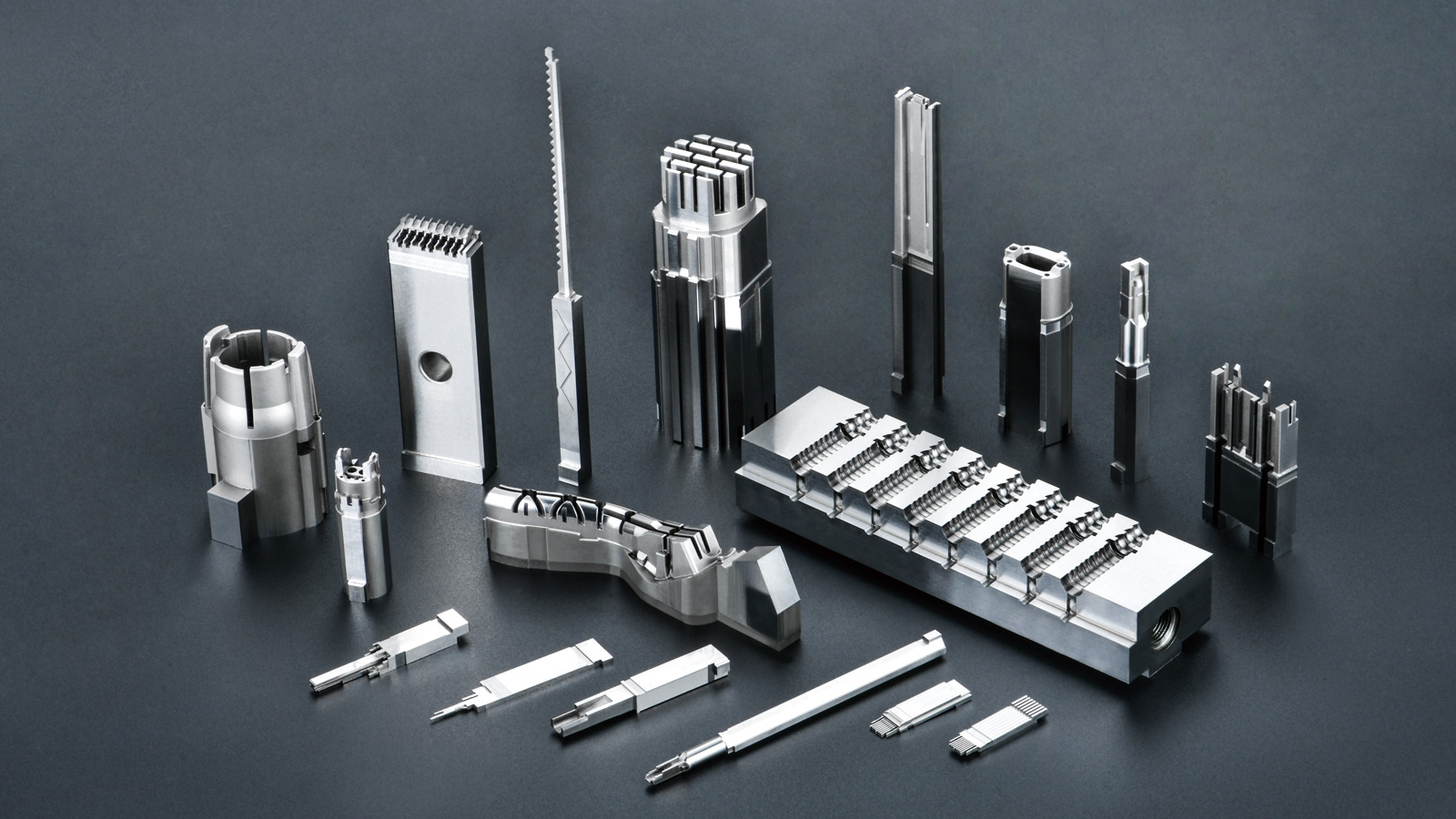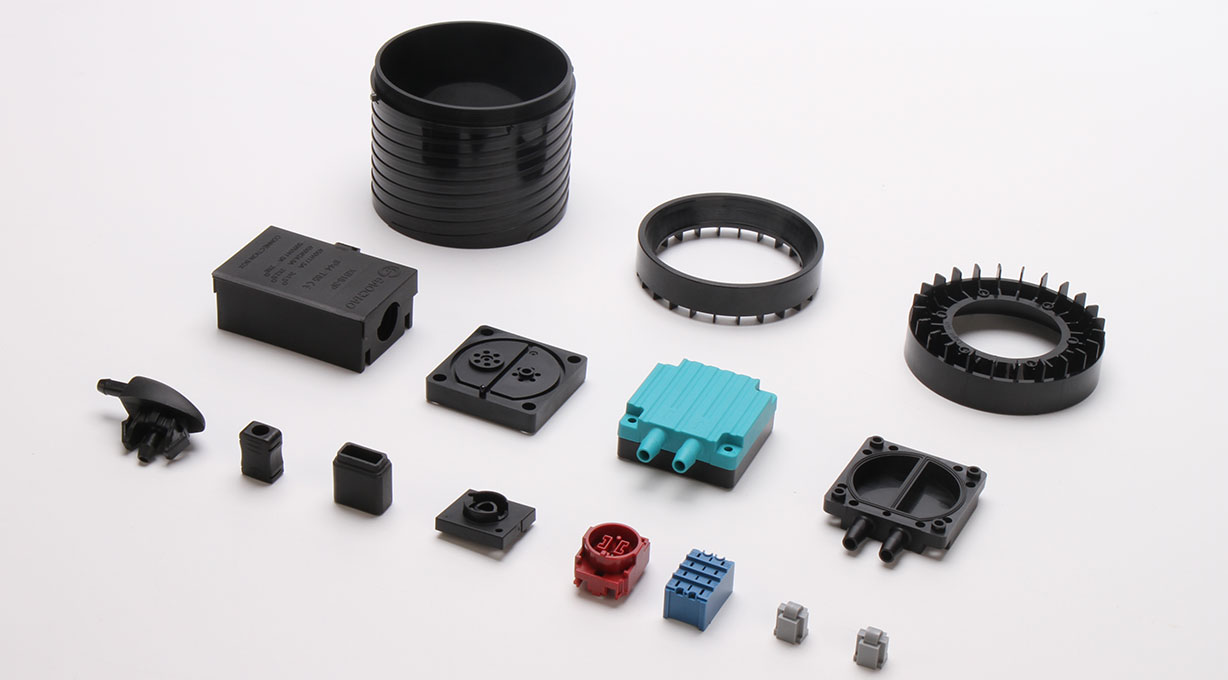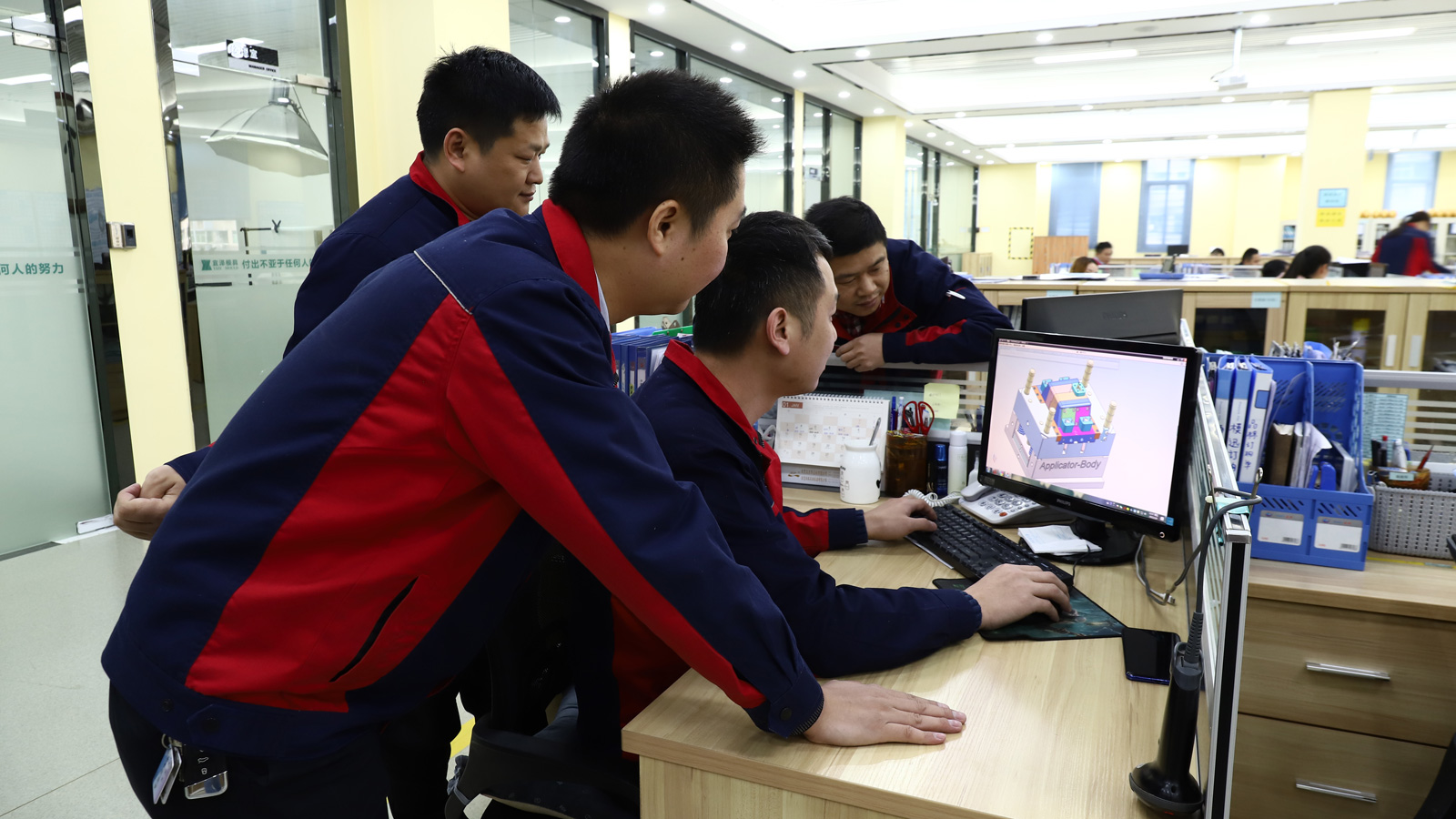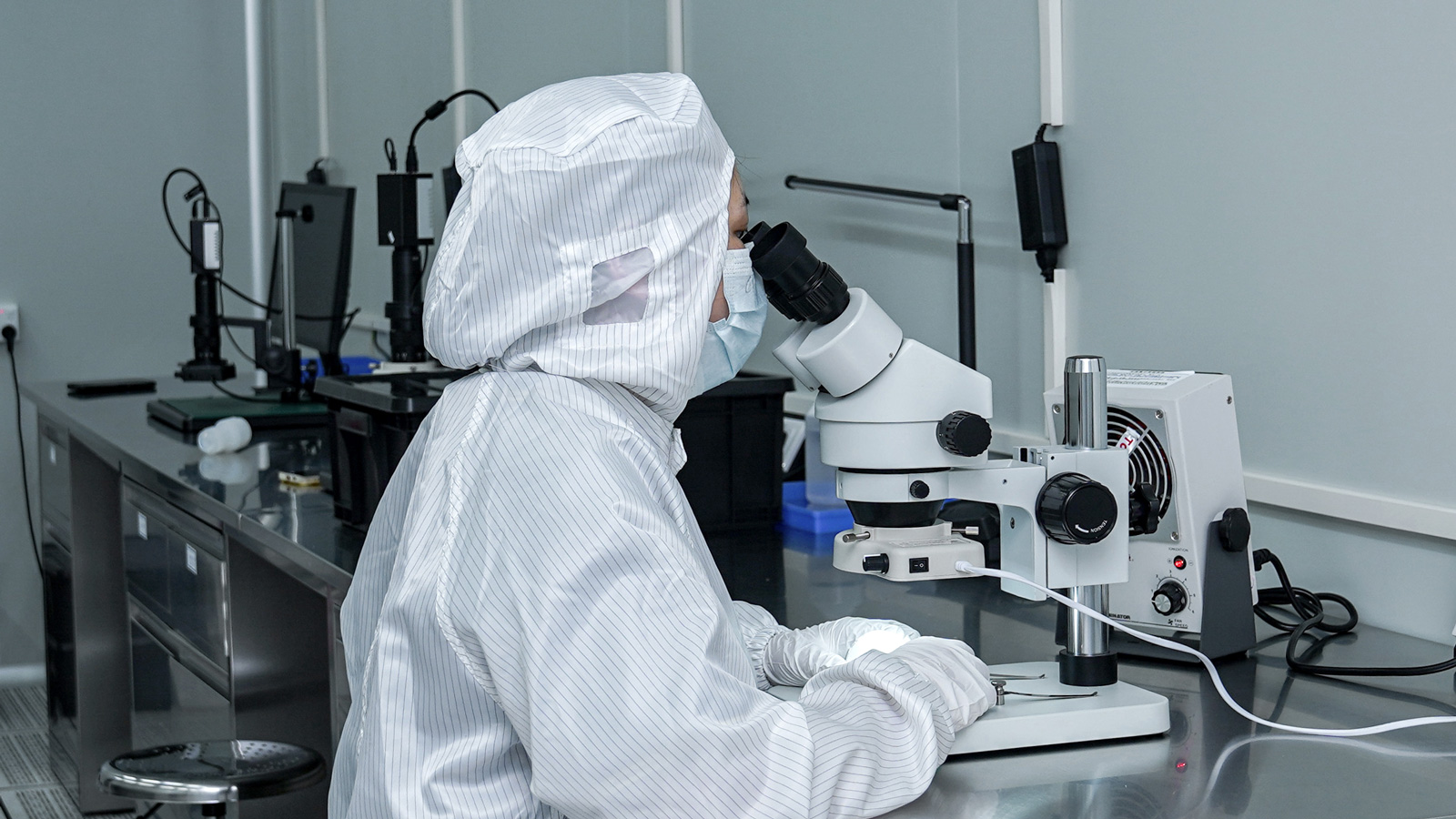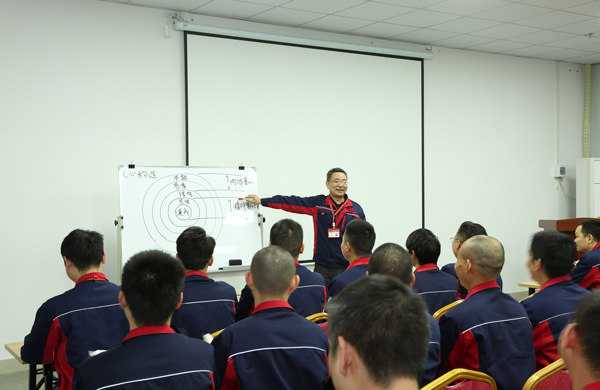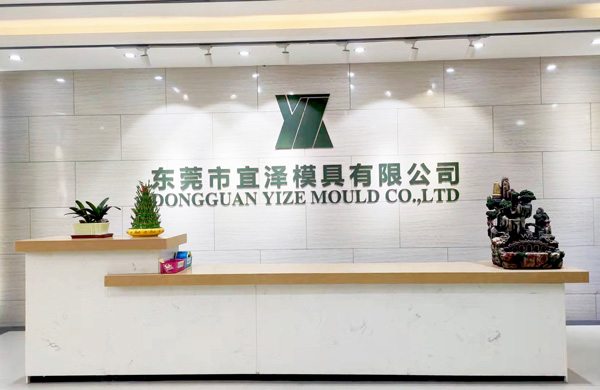PEEK (Polyetheretherketone), as a high-performance specialty engineering plastic, is widely used in aerospace, automotive manufacturing, medical devices, and other fields due to its excellent mechanical properties, high-temperature resistance, chemical stability, and biocompatibility. However, the high melting point, high viscosity, and processing sensitivity of PEEK material require special attention in multiple aspects during the injection mold trial process. Below is a systematic elaboration of the key considerations for PEEK mold trial from the perspectives of material characteristics, mold design, process parameters, equipment requirements, and trial procedures.
I. Material Characteristics and Pretreatment
-
Material Drying
PEEK is hygroscopic. Although its moisture absorption rate is lower than that of materials like nylon, moisture can still lead to defects such as bubbles and silver streaks during the injection molding process. Before the mold trial, the PEEK raw material should be dried in an oven at 120-150℃ for 4-6 hours to ensure a moisture content of less than 0.02%. It is recommended to use a vacuum oven to avoid oxidation. -
Material Batch Consistency
The molecular weight distribution and additive content (such as carbon fiber, glass fiber) of PEEK can significantly affect its fluidity and product performance. Before the mold trial, it is necessary to check the material batch inspection report to ensure that the melt flow rate (MFR) fluctuation range is ≤5%. -
Regrind Control
Regrind from PEEK injection molding can be reused, but the proportion should be limited to no more than 20% of the total raw material. The regrind should be dried separately to avoid mixing with impurities or degradation products.
II. Mold Design and Optimization
-
Runner System Design
PEEK has a high melt viscosity (up to 10^4 Pa·s in the molten state), requiring the use of large-diameter runners (≥8mm) and hot runner technology to reduce shear heat and pressure loss. For cold runner systems, open gates should be designed to prevent material shortage due to premature solidification. -
Venting Structure
The depth of the mold venting slots should be ≥0.05mm, and the width should be ≥3mm to ensure that gases in the cavity are fully vented under high injection pressure. For complex structural parts, vacuum venting devices can be added to prevent surface burn marks caused by trapped gases. -
Cooling System
PEEK has a low thermal conductivity (about 0.25 W/(m·K)), requiring the use of high thermal conductivity materials (such as beryllium copper) inserts or spiral water channel designs to ensure mold temperature uniformity (±5℃). The cooling time is recommended to be set 2-3 times longer than that for traditional plastics. -
Draft Angle
PEEK products have a high shrinkage rate (0.4%- 1.2%), and the draft angle should be ≥1.5°. Surface scratches caused by forced demolding should be avoided, especially for materials reinforced with glass fiber.
III. Process Parameter Control
-
Injection Temperature
The melting point of PEEK is 343℃, and the recommended injection temperature range is 360-400℃. Excessive temperature can lead to degradation, while insufficient temperature can result in poor fluidity. The barrel temperature should be controlled in segments, with the rear section at 150-200℃ and the front section at 380-400℃. -
Injection Speed and Pressure
Multi-stage injection should be used: low speed (10%-30% of the stroke) for filling the runner, medium speed (30%-80%) for filling the cavity, and high speed (80%-100%) for packing. The injection pressure is recommended to be 120-180 MPa, and pressure fluctuations should be kept within ±5 MPa. -
Packing and Cooling
The packing pressure should be maintained at 60%-80% of the injection pressure, and the packing time should be adjusted according to the product thickness (1-2 seconds per millimeter of thickness). The cooling time is recommended to be ≥30 seconds to ensure the full release of internal stress in the product. -
Screw Assembly
A low compression ratio (2:1-3:1) screw with a length-to-diameter ratio ≥20:1 should be used to reduce shear heat. The screw tip should be equipped with a mixing ring and a non-return valve to prevent material residence and degradation.
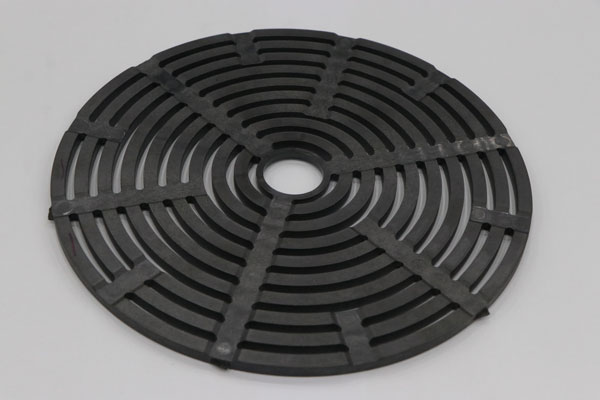
IV. Equipment Requirements and Maintenance
-
Injection Molding Machine Selection
An all-electric injection molding machine with a screw diameter ≥45mm and an injection volume ≥3 times the product weight should be selected. The clamping force should meet the calculated value of the product projection area × 800-1000 bar. -
Mold Temperature Controller and Thermal Oil System
The mold temperature should be precisely controlled at 160-200℃. It is recommended to use a high-temperature mold temperature controller (oil temperature ≥300℃) or a thermal oil circulation system, with a temperature fluctuation range ≤±2℃. -
Barrel and Screw Cleaning
After each mold trial, the barrel should be thoroughly cleaned with PEEK-specific purge compound (containing glass fiber) to prevent residual material degradation from affecting the next trial.
V. Mold Trial Procedure and Inspection
- First Article Inspection
The first molded product should undergo the following inspections:- Appearance: Check for defects such as flash, bubbles, silver streaks, and weld lines.
- Dimensions: Use a coordinate measuring machine to inspect key dimensional tolerances (±0.05mm).
- Performance: Tensile strength, flexural modulus, and heat deflection temperature (HDT) should meet the design requirements.
- Process Optimization
Adjust parameters based on the first article inspection results:- Flash → Reduce injection pressure or increase clamping force.
- Bubbles → Extend drying time or optimize venting.
- Uneven shrinkage → Adjust the packing curve or mold temperature distribution.
- Stability Verification
Continuously produce 50 mold cycles and calculate the CPK value (should be ≥1.33) for product weight, dimensions, and performance to ensure process stability.
VI. Safety and Environmental Protection
-
High-Temperature Protection
The mold and barrel temperatures are extremely high during the PEEK injection molding process. Operators should wear high-temperature-resistant gloves and goggles to avoid burns. -
Exhaust Gas Treatment
The thermal degradation of PEEK can produce trace amounts of toxic gases. Local exhaust systems should be installed to ensure that the workshop air meets occupational health standards. -
Waste Recycling
Trimmings from the mold trial should be stored separately to prevent mixing with other plastic impurities and ensure the quality of regrind.
Conclusion
PEEK mold trial is a systematic engineering process involving material science, mold engineering, process control, and equipment management. By strictly controlling key aspects, the development cycle can be shortened. For complex structural parts, it is recommended to use the DOE (Design of Experiments) method to optimize parameter combinations and combine it with mold flow analysis (Moldflow) for preliminary verification, ultimately achieving high-quality and stable production of PEEK products.
